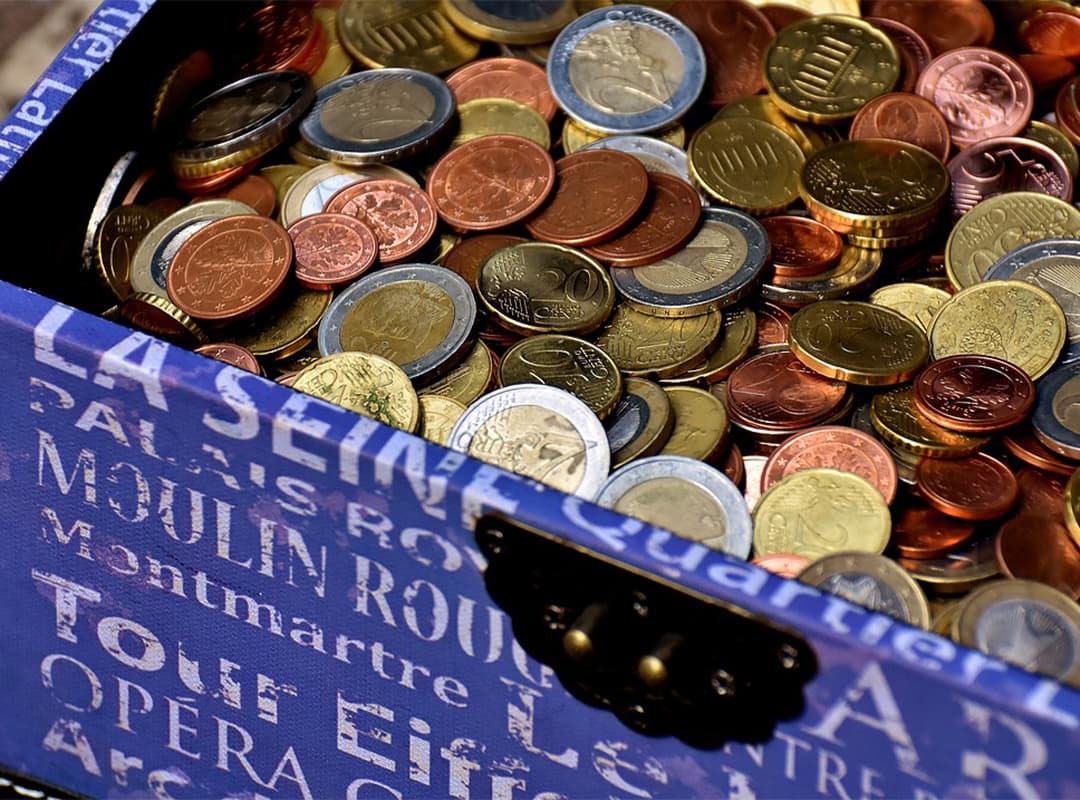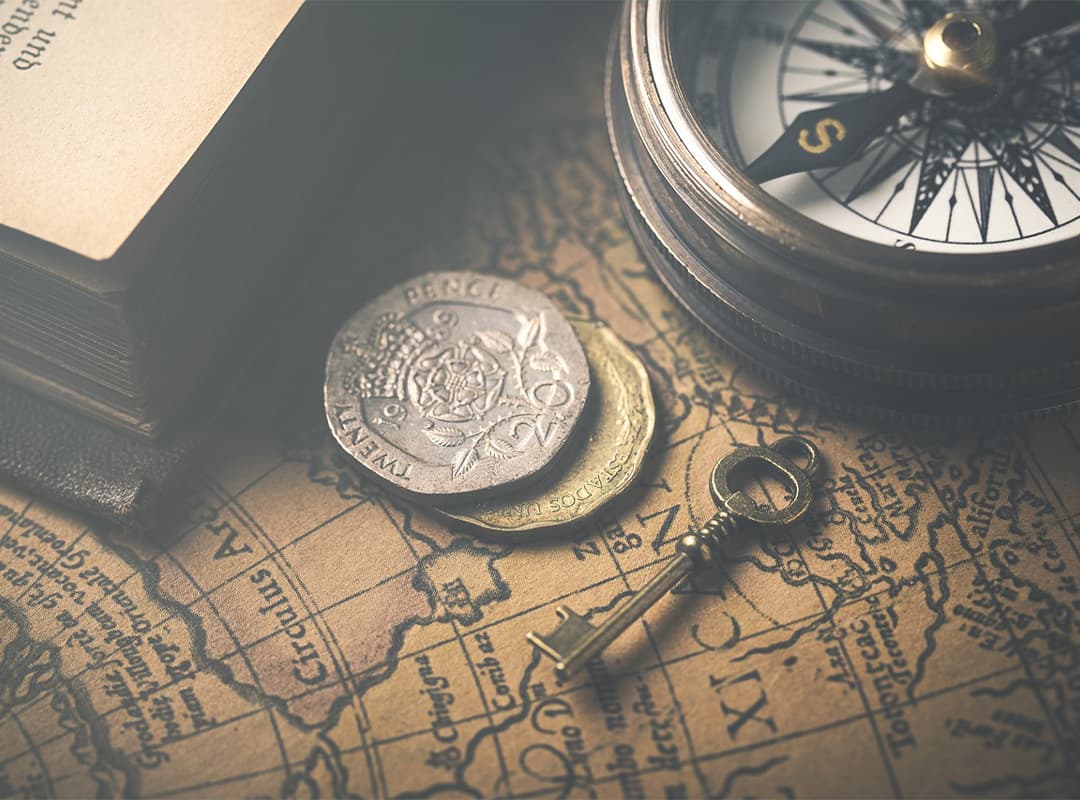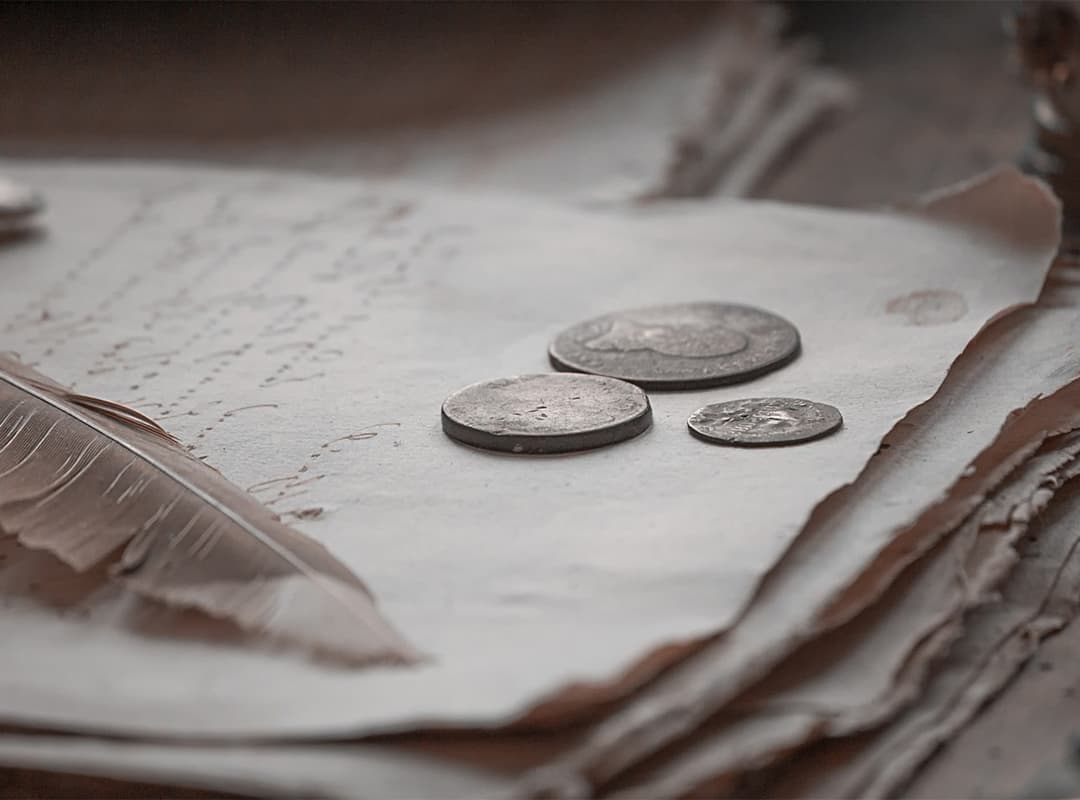Collecting bimetallic artifacts can be a rewarding hobby, offering both aesthetic pleasure and investment potential. However, for newcomers, evaluating these collectibles can seem daunting. Understanding how to assess the authenticity, condition, and value of bimetallic items is crucial for building a valuable collection. In this guide, we’ll provide practical tips for evaluating bimetallic collectibles, incorporating references such as genuine national vulcanized trunk fibre, insights from Club Online Com, and information from Auction 63.
1. Understand the Basics of Bimetallic Design
Definition and Composition: Bimetallic collectibles, including coins, tokens, and medals, are made from two different metals combined in a single piece. Typically, they feature a core metal and an outer ring metal. Familiarizing yourself with the common compositions and design features of bimetallic artifacts will help you identify genuine items and assess their authenticity.
Historical Context: Research the historical context of the bimetallic items you are interested in. Understanding the origin, purpose, and production details can provide valuable insights into the artifact’s authenticity and significance.
2. Check for Authenticity
Verify Provenance: Provenance refers to the history of ownership of an artifact. Authentic bimetallic collectibles should have a clear and verifiable history. Resources such as Club Online Com can offer valuable information on provenance and authenticity checks for specific items.
Authenticate the Materials: Genuine bimetallic collectibles are crafted using specific metals and alloys. Familiarize yourself with the characteristics of the metals used in authentic pieces. For example, genuine national vulcanized trunk fibre is a specific material known for its durability and use in certain historical items. Understanding these materials helps in verifying the authenticity of the collectible.
Use Professional Services: When in doubt, consider using professional authentication services. Experts can verify the authenticity of your bimetallic items through advanced testing and examination.
3. Assess the Condition
Grading Systems: Condition plays a crucial role in the value of bimetallic collectibles. Learn about grading systems used in numismatics to assess the condition of your items. Common grading terms include Mint State (MS), Extremely Fine (EF), Very Fine (VF), and Good (G). Understanding these grades will help you evaluate the quality of your collectibles.
Physical Examination: Examine the physical condition of your bimetallic artifacts carefully. Look for signs of wear, scratches, discoloration, or damage. The presence of any imperfections can impact the value and desirability of the item.
Preservation: Proper storage and preservation are essential for maintaining the condition of your collectibles. Use protective cases and store items in a controlled environment to prevent deterioration.
4. Determine the Value
Market Research: Research recent sales and auction results to gauge the value of similar bimetallic collectibles. Platforms like Auction 63 can provide insights into current market values and trends for specific items.
Rarity and Demand: The value of a bimetallic collectible is often influenced by its rarity and demand. Limited-edition releases, historical significance, and unique designs typically command higher values. Assess the rarity of your items and their appeal to collectors.
Condition and Authenticity: As mentioned earlier, the condition and authenticity of an item significantly impact its value. Higher-quality and genuine items generally fetch better prices. Use grading standards and authentication information to accurately determine the value of your collectibles.
5. Seek Expert Opinions
Join Collectors’ Clubs: Engaging with collectors’ clubs and online communities, such as those found on Club Online Com, can provide valuable insights and advice. Experienced collectors and experts often share their knowledge and can offer guidance on evaluating bimetallic artifacts.
Consult Auction Houses: Auction houses and experts can provide professional evaluations and appraisals. If you are considering selling or buying high-value items, consulting with auction houses or appraisal services can ensure you make informed decisions.
Evaluating bimetallic collectibles involves understanding their design, verifying authenticity, assessing condition, and determining value. By familiarizing yourself with these aspects and utilizing resources like genuine national vulcanized trunk fibre, Club Online Com, and Auction 63, you can make well-informed decisions in your collecting journey.
Whether you are just starting or looking to refine your collection, applying these tips will help you build a valuable and rewarding assortment of bimetallic artifacts.



